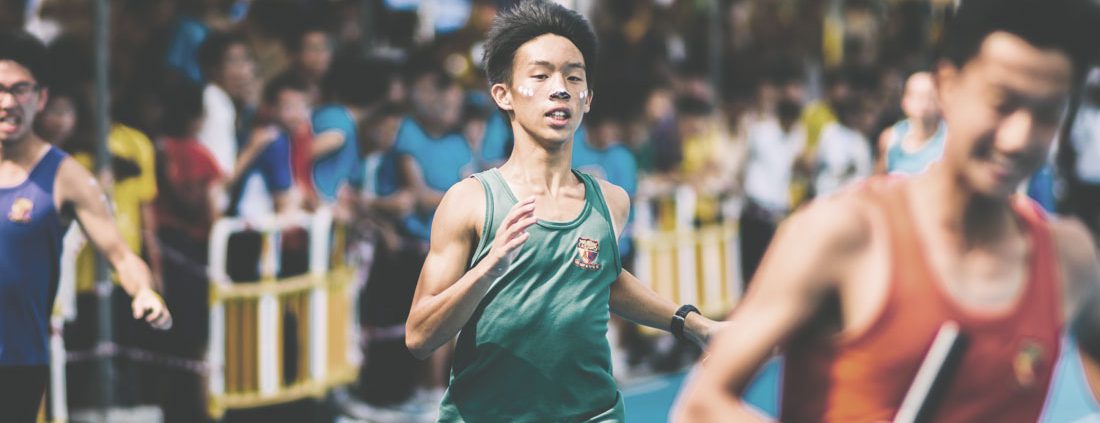Running with Rolfing
Running and triathlon are among the sports that place the greatest strain on the body. Runners are particularly prone to injury from overuse due to repetitive movements. Nothing is more feared than a break from training in the middle of the season due to injury.
But what can you do to reduce the risk of injury? The answer is very simple.
Listen to your body, get to know it well, pay attention to its signals – and train correctly and intelligently. Pay attention to the “Five S” that have to be observed for correct training:
| – | Speed Strength Stamina Suppleness Skill |
– |
Drill Sergant – Building a Better Runner
Endurance and strength are certainly the two most important aspects of running. In order for these two elements to have a solid physical basis and for endurance training to be efficient, it makes sense to improve balance, freedom of movement, posture, muscular endurance and resilience. If you work on your “running economy” this way, your performance will improve and the risk of injury will decrease.
Whether it’s a torn muscle fiber or a joint injury, most endurance sports injuries are injuries to the connective tissue and fascia system. They usually occur when the tissue lacks elasticity and resilience, or when it is weak and structurally poorly organized and cannot cope with continuous stress.
Rolfing works with the fascial system with which you train.
- Rolfing® dissolves matting in the tissues caused by strength training and injuries.
- Rolfing isolates individual muscles so that they can glide more easily and quickly. It supports your plyometric training for explosive movements.
- Rolfing releases deep-seated tensions. It frees your body from postures that consume unnecessary energy, strain your joints and lead to premature wear and tear.
- Rolfing supports your body in the rehabilitation period or at the start of the season by providing a balanced level of tension in the entire fascial system.
- Rolfing enables the fascia tissue to reorganize and regenerate faster during the recovery phase.
- Rolfing releases tension at strategic points that impair movement. Your body can then move more freely, more fluidly, effortlessly, resiliently and with less strain on the joints, and the risk of overuse is reduced.

Photo by James Chou on Unsplash
Only for Runners, Triathletes, Crossrunners and Marathon Runners:
- The history of injuries that your body brings with it and your training goals are in the foreground.
- The overriding goal is to strengthen your resilience throughout the system. Without the ability of the fascia to spring and store energy temporarily, you will not get far in endurance sports.
- Rolfing attaches great importance to soft, flowing, efficient movements. Therefore we will go through and analyze your movement sequences again and again.
- We work mostly on the massage bench, but also sitting and on the mat. Rolfing addresses the most important muscle chains for endurance sports as well as breathing and pelvic dynamics. Rolfing can be quite intense and your comfort limit is occasionally exceeded when we use stretch and deep tissue techniques.
Video on the subject:
Coach Brian Clymer shows how essential the role of posture is in sports. The video begins with the sentence: “Posture is the bedrock of any athletic movement. Posture is the most important ‘infrastructure’ that any technical model for running, sprinting, jumping or throwing is built upon.”
If you have any questions, please feel free to contact me in my practice in Berlin or Munich. Here you will find the contact page.



